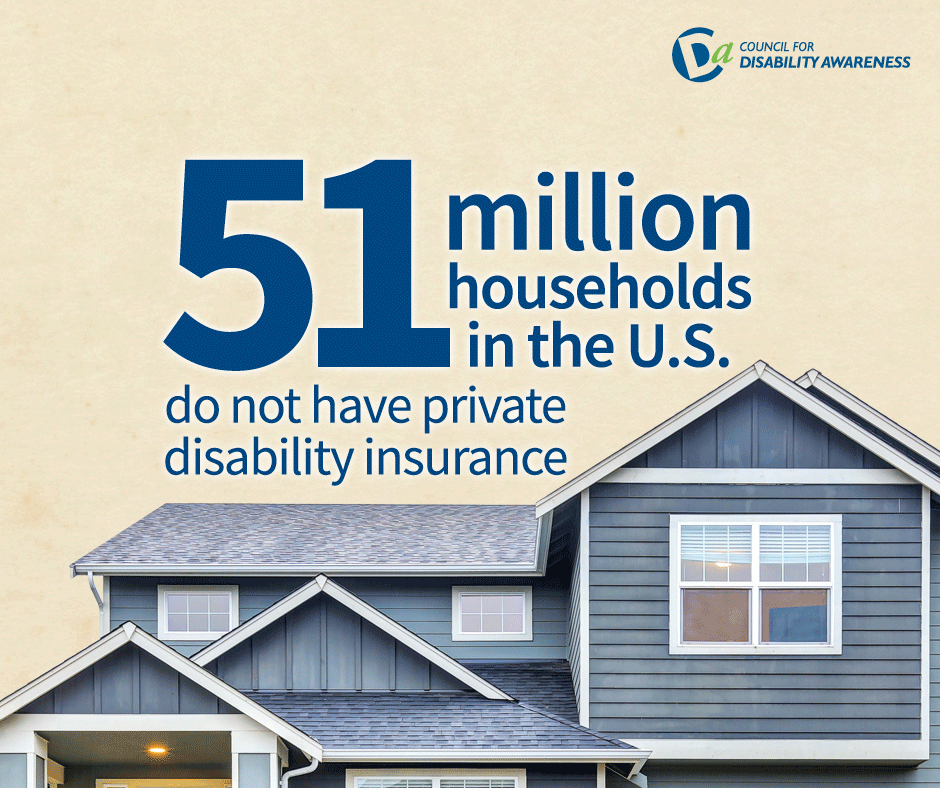This article originally appeared in Human Resource Executive in the summer of 2017 — we’re reposting it as May is both Disability Insurance Awareness Month and Mental Health Awareness Month.
This column is not the one I planned for you to read today. A computer-system update gone wrong drove me to write a new post on a different topic (since my electronic notes perished as well). But I’d like to believe I would have asked my editors to allow me to switch topics at the last minute even if this didn’t happen.
Why? Because on 20 July 2017, Chester Bennington, the ferociously-talented lead singer for the rock band Linkin Park, committed suicide. The act was made more poignant since it’s thought Bennington mimicked the recent death of his close friend (singer Chris Cornell) on what would have been Cornell’s 53rd birthday.
Bennington wasn’t alone in his desperation. According to the American Foundation for Suicide Prevention, approximately 121 people in the United States died by the same method that day – and 3,025 people attempted suicide.
Depression — the usual precursor to suicide — is the leading cause of disability worldwide and a major contributor to the overall global burden of disease. In the U.S., depression is a top-five cause of both short- and long-term disability absences. (Musculoskeletal claims are the leading cause of long-term disability.)
In an interesting comparison, Ian Bridgman of The Claim Lab indicates that in Canada (where long-term disability policies do not carry a 24-month-mental-health limitation) mental health diagnoses are the number one cause of employee absences lasting more than three months.
How should HR respond to mental health issues?
Given all this information, I find myself reflecting upon whether I’ve done enough to reach people who struggle with depression or anxiety disorders – or, as importantly – HR leaders who can make a difference every day in employees’ lives.
While I share a great deal of information about mental health via , I realized the last time I covered the topic here was in 2011. That column was in response to the Screen Actors Guild abandoning mental-health benefits for its members.
I doubt I’ve saved or comforted a single soul by posting the phone number for the suicide-prevention hotline on my Facebook wall or in my Twitter or LinkedIn feed, and something similar can be said about companies that simply offer an employee-assistance program and consider the topic addressed.
So, what’s an HR executive supposed to do about the workplace and mental health?
Normalize the conversation
We can look for guidance from people like Ben Congleton, CEO of Olark Live Chat, whose support of employee, Madalyn Parker (who took two days off from work to focus on her mental health) went viral.
Congleton seemed astonished by the response, and used his momentary fame to articulate the opportunities offered to employers on how to “normalize mental health” as a general health issue.
- Build a safe space for employees where they can feel vulnerable and are willing to share any issues, whether they are related to mental health or not.
- Reflect on how your company’s values support this safe space for your employees – one in six of whom is taking a psychiatric drug for a mental health issue.
- Provide paid leave for mental and physical health issues – whether it’s in the form of traditional sick leave, salary continuation, paid time off, or short-term disability.
- Take time to express gratitude to your employees.
Parker presents two additional considerations that are helpful from an employee perspective:
- Offer flexible work arrangements.
- Educate staff through training programs like Mental Health First Aid at Work to increase understanding and supportive behaviors about mental health in the workplace.
HR offers a first-line of assistance to employees
I’ll end with a few thoughts of my own:
- Consider providing a more generous bereavement policy for employees who lose a loved one for any reason. Two or three days of paid leave is barely enough time for a worker to bury a loved one, never mind recover from the experience.
- Keep in mind that your employees are also impacted when their dependent or loved one is suffering from mental health issues. Contemplate ways to assist employees, especially if a dependent dies by suicide.
- If your company offers an EAP, stay updated on the utilization rate. I led a research project on the impact of employee assistance programs on absence and return-to-work rates. We found the only time EAP made a statistically-significant difference on the length of an employee absence was when the overall company utilization rate was over 10 percent.
Mental-health issues are pervasive throughout the U.S. and global populations. Employers, and HR leaders, are a first-line of assistance to the nearly 150 million working Americans.








 Becoming a parent is an extraordinary and, at times, stressful endeavor. Your life is about to fundamentally change. And as you plan the myriad dimensions of this new reality, you may be wondering how you’ll cover all the bills while you take time off work.
Becoming a parent is an extraordinary and, at times, stressful endeavor. Your life is about to fundamentally change. And as you plan the myriad dimensions of this new reality, you may be wondering how you’ll cover all the bills while you take time off work.


